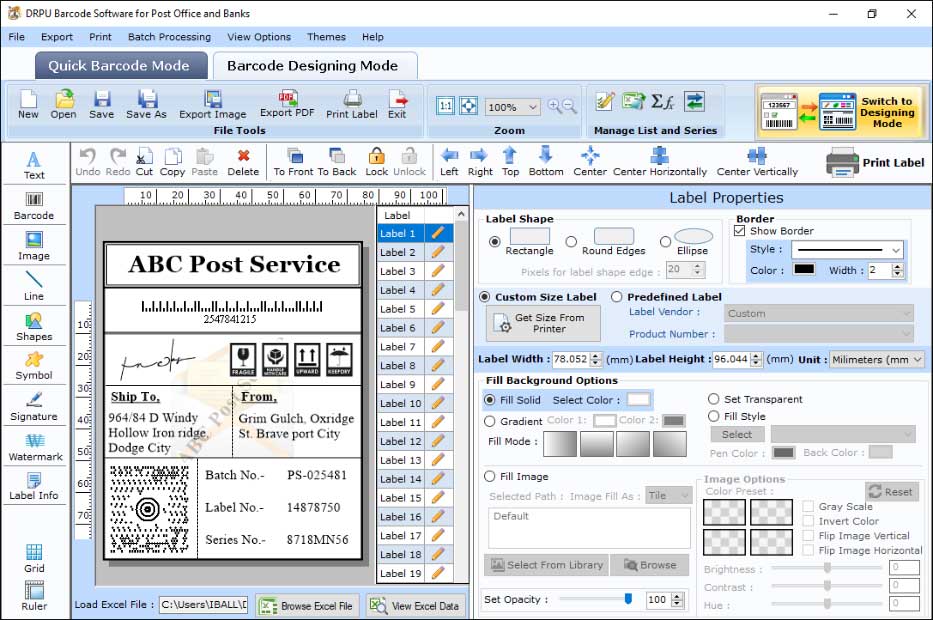Benefits of Barcode Systems in Post Offices
The benefits of implementing a post office barcode system can include increased accuracy, efficiency, and speed in the mail and package handling process, as well as improved tracking and security. With a barcode system in place, post office employees can quickly and easily scan packages and mail items, reducing the likelihood of errors and saving time. The system can also provide real-time tracking information that can be shared with customers, improving their overall experience.
-
►Improved efficiency: Barcode systems can help post offices process packages and letters more quickly and accurately, reducing the time and resources required to manage mail.
-
►Increased accuracy: Barcode systems can help to reduce errors in tracking, processing, and delivery of mail, improving the overall accuracy of the system.
-
►Enhanced tracking and monitoring: Barcode systems can provide real-time tracking and monitoring of mail, allowing post offices to identify and resolve issues more quickly.
-
►Improved customer service: Barcode systems can provide customers with more accurate and up-to-date information about the status of their mail, improving customer satisfaction and loyalty.
By improving accuracy and efficiency, post offices can save money on labour costs and reduce the likelihood of costly errors or delays. Ultimately, the decision to implement a post office barcode system will depend on the specific needs and budget of each post office, but the benefits can often outweigh the costs.
Overall, the benefits of implementing barcode systems in post offices can outweigh the costs, especially in larger or more complex operations. However, it is important for post offices to carefully consider their needs and resources before investing in a barcode system, and to work with experienced providers to ensure that the system is tailored to their specific requirements.

